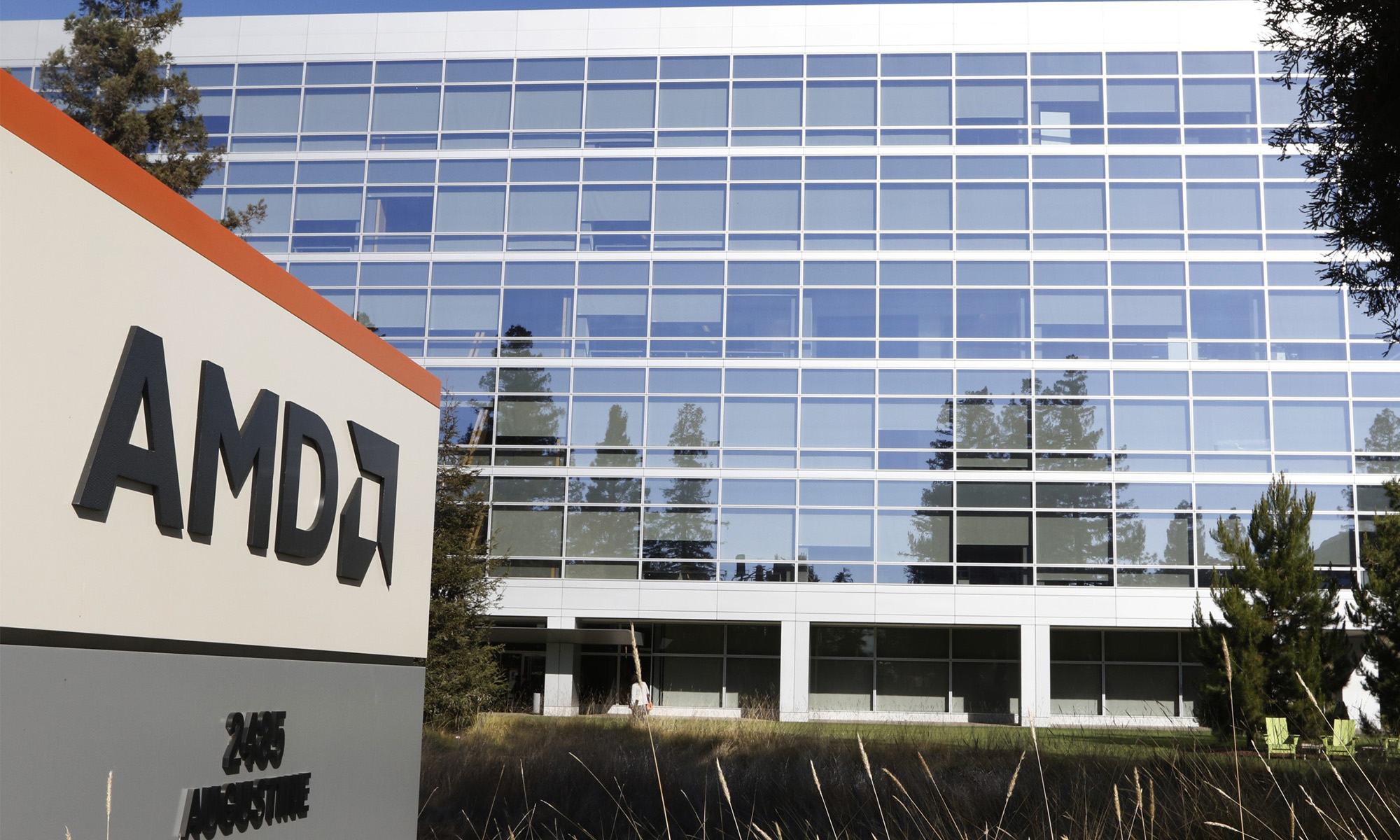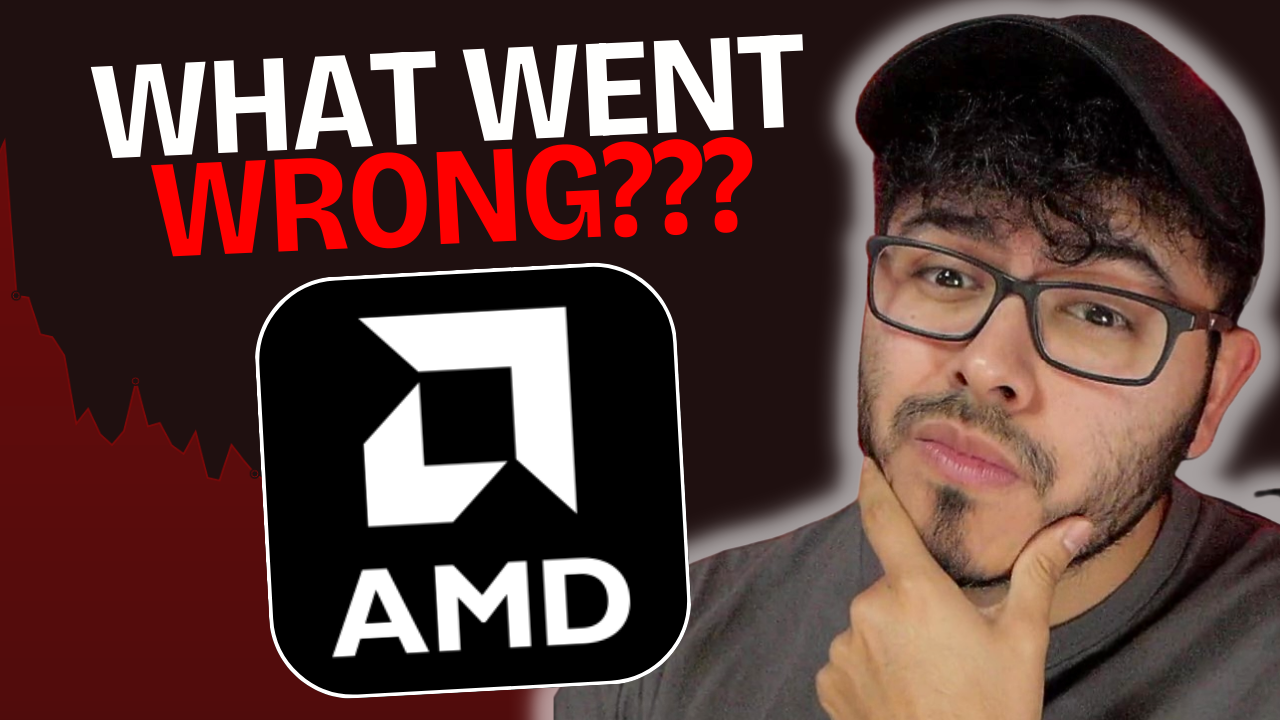There's no question that Nvidia (NVDA 0.10%) is the darling of tech investing right now, and for good reason. (Despite a recent drop, the stock is up 145% so far in 2024.) The company cemented its position as the premier chip provider for artificial intelligence (AI) after cornering roughly 80% of the market. You can be sure that every other semiconductor company is itching to dethrone the king.
Advanced Micro Devices (AMD 0.74%) certainly is. The longtime Nvidia rival is pouring money into developing a chip that can compete with the latest offerings from its nemesis. AMD CEO Lisa Su said at a recent unveiling of the company's latest chips: "AI is our No. 1 priority."
If AMD is able to zoom to the top of the AI chip field, it could allow investors to experience the gains Nvidia investors have enjoyed over the last couple of years. But it's a big if.
Morgan Stanley analyst Joseph Moore is among those who aren't so sure it'll happen. He recently downgraded his rating for AMD, believing there is "limited upward revision potential for AI from here." Ouch.

NASDAQ: AMD
Key Data Points
This analyst believes expectations could be too high for AMD, but take it with a grain of salt
Moore's argument is not that AMD has nothing going for it. He thinks the company will continue to see success in video game cards and will succeed in AI, too, just not enough to overtake Nvidia.
This analyst's main concern is that the market is setting expectations too high. The market is pricing AMD with a hefty premium, banking on the company significantly expanding its AI chip business. The stock trades with a trailing price-to-earnings ratio around 230. Switching to the forward P/E using estimates, the valuation gets more in line with Nvdia's around 47.
But don't forget that analysts aren't always right. In fact, they get it wrong a lot. For every bear, you'll find a bull, and one of them has to be wrong eventually, right? It's best to look at the arguments themselves and form your own opinion.
Also keep in mind that analysts are adjusting their ratings and price targets fairly often, typically focused on a shorter investing time horizon than individual investors should be considering. Even if AMD fails to deliver on Wall Street's expectations in the next quarter, its long-term prospects can still be attractive.
AMD still has a lot to prove and will have a difficult time unseating Nvidia
I'm inclined to agree with Moore's main point, which is that Nvidia will remain the top dog in AI for the foreseeable future.
The difficulty AMD has in replicating what Nvidia is doing is enormous. Remember its expectations for AI chip sales for 2024? $4 billion. Nvidia sold about $34 billion worth last year. That's a lot of ground to cover.
If AMD wants to compete, it has to offer something at least comparable to Nvidia, but this is an uphill battle when you're being outspent by such a significant margin in research and development (R&D). Nvidia spent $2.7 billion on R&D last quarter to AMD's $1.5 billion.
AMD, already being outspent almost 2-to-1, also doesn't have nearly the wiggle room to increase this budget line that Nvidia does. Look at this chart showing the difference in free cash flow (FCF) between the two companies. FCF is a company's income after subtracting operating expenses and capital expenditures.
AMD Free Cash Flow data by YCharts
Nvidia could, if it wanted to, spend nearly $40 billion in R&D, leaving AMD in the dust. That is a pretty powerful position to be in.
Now this isn't to say I think AMD is a poor investment; quite the contrary. The AI market has the potential to be so big that it is not a zero-sum game. AMD and Nvidia can both be successful. However, I think Nvidia is the better long-term investment.
It has ample resources to defend its pole position. And, in my opinion, given the vision Nvidia's leadership has already demonstrated, Nvidia will use those ample resources to not just defend itself, but grow and expand its business in ways we can't yet anticipate.







